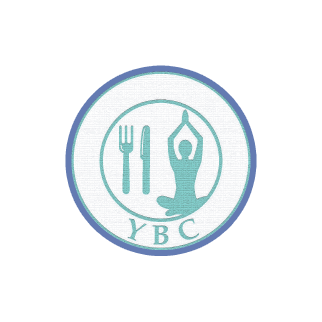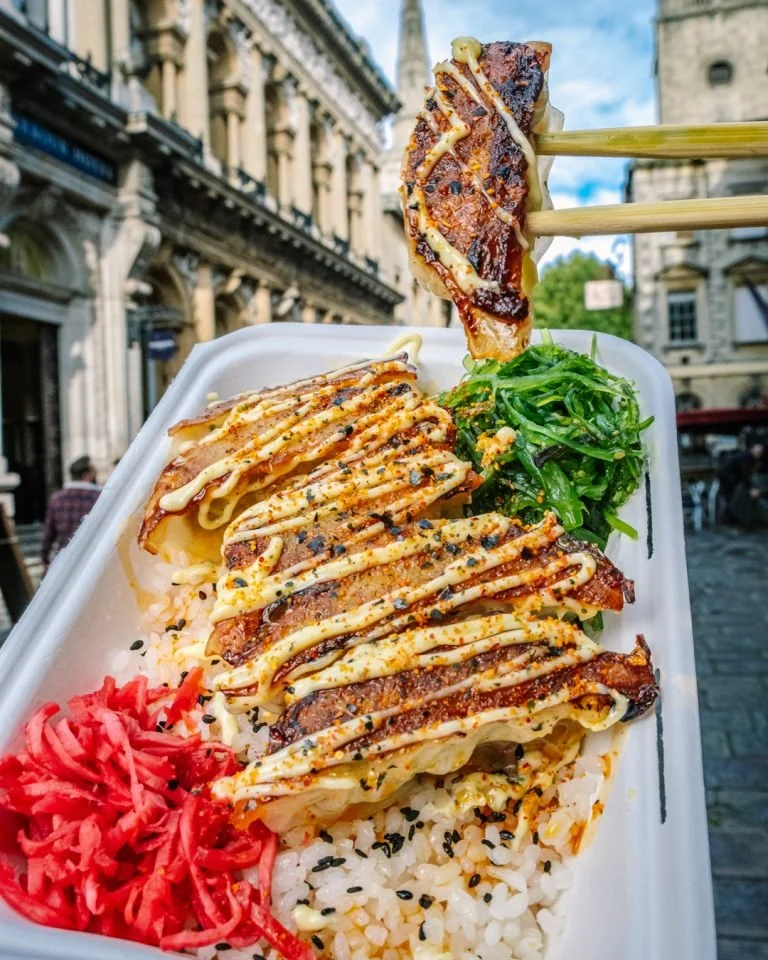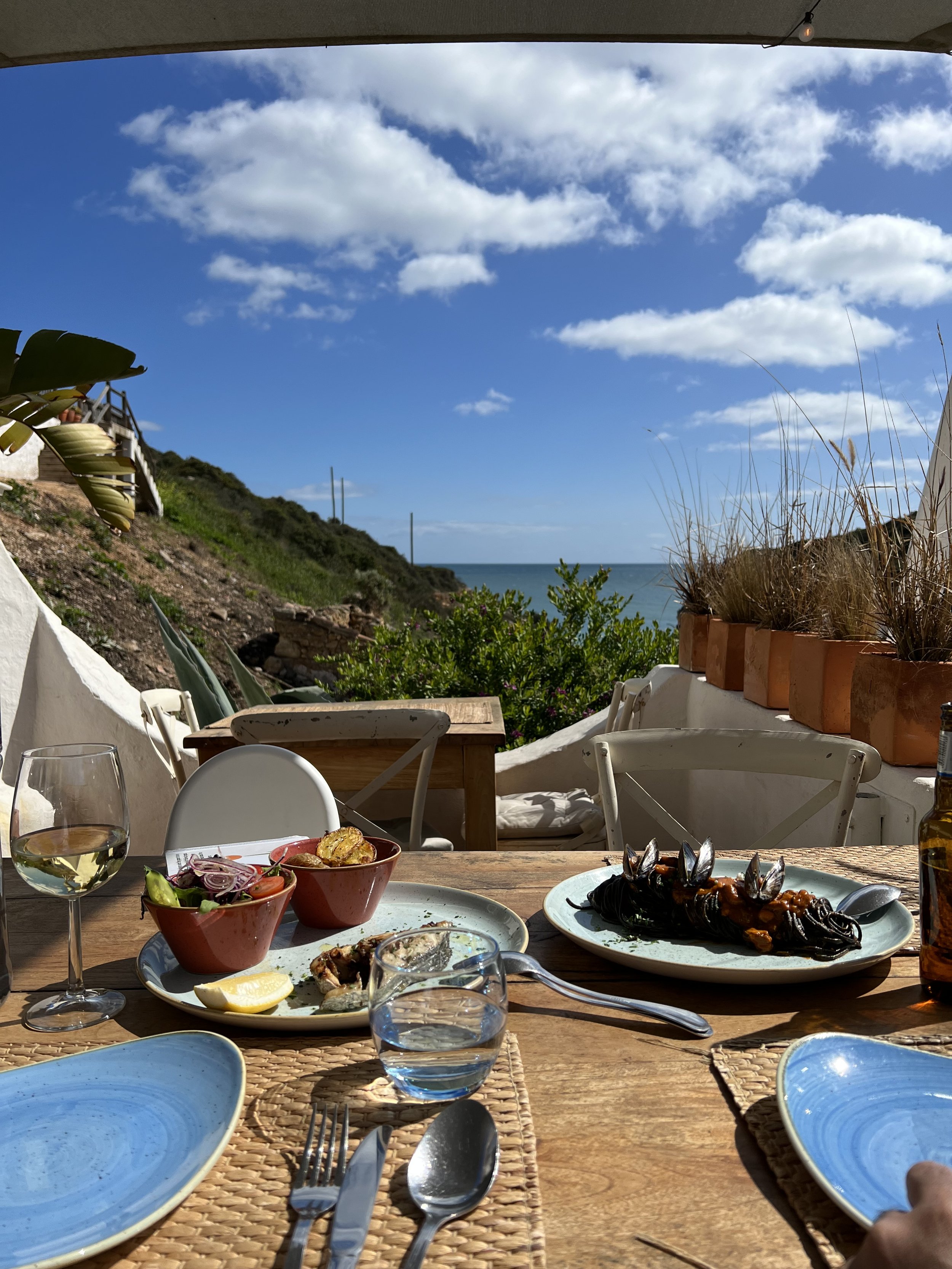Productivity – Without Punishment By Amber Cowburn
/Amber Cowburn, TEDx speaker and Founder of Working Well (Mental Health Training and Tools) has written this guest blog on the pressures of hustle culture and shares 4 tips for productivity…
I love the energy of a new month, a new year, or a new season. I love to embrace the fresh energy, schedule the upcoming period and set mini goals. But these opportunities for a new chapter that occur in the calendar have been absolutely bombarded and distorted by ‘hustle culture’.
Hustle culture is so pervasive across social media, the print media and of course; the world of self-help. It can make you feel as if you aren’t doing enough, achieving enough, or that you aren’t enough.
It encourages us to scramble manically, spin more plates and constantly put ourselves down. It encourages a ‘new year, new me’ focus with unsustainable transformations, rooted in self-loathing and punishment.
And it’s not the only – or the best – way!
One of my favourite themes as a mental health trainer is the concept of productivity without punishment. In fact, I care about it so much, it’s the reason I created my range of notebooks and planners – to organise and uplift. To remind you that your self-care and wellbeing should be on your to-do list too! To remind you that you can be productive, without punishing yourself. This is an antidote to hustle culture. It encourages a gentler approach to achieving things and progressing. With self-care and self-celebration taking a front seat, rather than self-judgement and criticism.
The bottom line is… we can still get things done, whilst caring about our mental wellbeing!
I’m going to share 4 starter tips for productivity without punishment…
1. Start by thinking about and auditing your self-narrative.
How you speak to yourself is so important and being self-critical and putting yourself down all the time can have an enduring and detrimental effect. Changing up your self-narrative takes work and it won’t be an overnight change. But start that journey by trying to catch yourself when you’re being self-critical, or adding in some positive affirmations, or a bit of praise of things you’ve done well recently.
2. Write everything down…
Lists, thought journals, planning, mind-mapping, vision boards. Whatever suits you best! Getting pen to paper allows us to empty out everything that is spinning around in our head. It can help us see how much we are already doing and encourage a bit of self-celebration too! I’m a big fan of writing things down as the simplest but most effective way of giving yourself some headspace. Plus, it can help us map out the goals that are most important to us and really visualise them…
3. Break goals and tasks into mini manageable steps.
In my workshops, I like to remind people that whole mountains are scaled with a series of small steps! So what can feel absolutely impossible and untenable… break it down and just get started. The smallest step forward is still a step forward; and that’s how we make progress! Simply staring at a big goal or task in its entirety can be so terrifying, and paralyse us into taking no action at all. Similarly, I encourage people to start small with self-care habits and build them from there. You don’t have to commit to drastic action to see a big impact over time… that can come from small steps too!
4. Make time to celebrate the small wins and the small things!
Encouraging a little bit of self-celebration and reflection is so important. We often finish something and even if it was a big deal to us in the beginning, we just rush onto the next thing. We don’t stop to say ‘wow, well done me!’. Whether this is a moment to reflect, a celebratory treat, a dance around the kitchen or messaging a friend to share your small win… it all counts! It will boost your mood and your self-confidence, and crucially, it teaches you to enjoy - and celebrate - the journey along the way!
Amber has worked in mental health awareness for over 10 years. She’s a 2 x TED speaker, and has accolades such as the Diana Award (2019), Rotary National Community Champion (2019), and Prime Minister's Point of Light Award (2018).
She set up Working Well in 2019 as a training and consultancy business to deliver bespoke solutions to businesses, empowering and equipping them to be mental health aware workplaces.
Find out more at www.workingwellsw.com


























































































